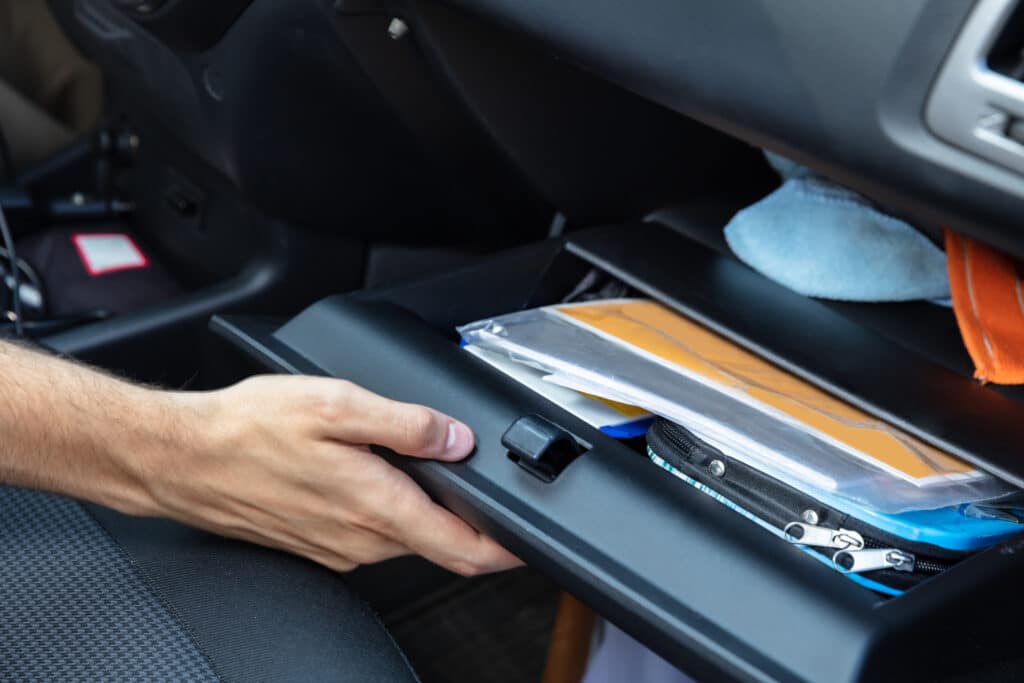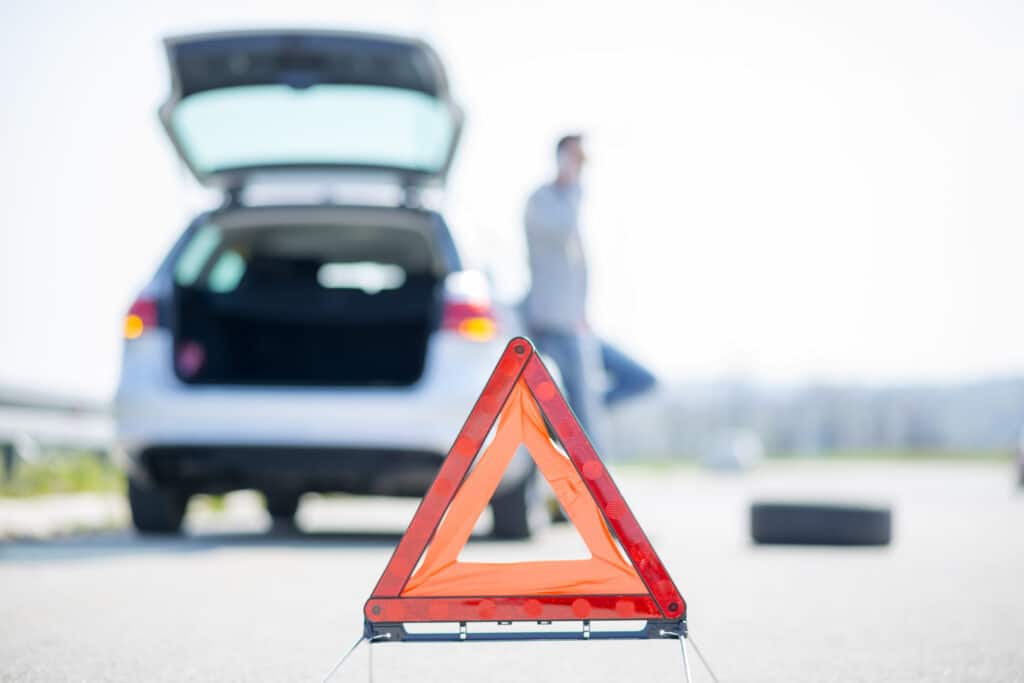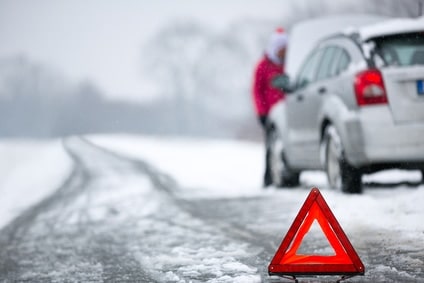No matter where, when or how it happens; breaking down by the roadside can be a very unpleasant experience, not to mention a potentially dangerous one. Depending on the problem, your car could start blowing out plumes of smoke, swerve dangerously on a busy road or simply stop dead at a set of traffic lights — leaving you in a blind panic while you figure out what to do next.
While some motorists might bury their head in the sand and pray a breakdown doesn’t happen to them, we think it’s always best to be prepared for the worst.
Read on for an in-depth guide on what to do if you suffer a breakdown at the roadside.
Steps to Take Before a Breakdown
Even if you have a shiny new car that’s under warranty, it doesn’t mean you’re immune from breakdowns. No matter how old, all cars break eventually — so why not get yourself prepared before that day comes?
Here, we provide some simple steps to make sure you’re prepared for a roadside emergency.
Quick Links
- Get Breakdown Cover
- Store the Breakdown Number Somewhere Safe
- Buy an In-car Charger or a Second Phone
- Carry a Map Book
- Invest in a Blanket, Warm Clothing and Something High-Vis
- Steps to Take During a Breakdown
- Get your car off the road as quickly and safely as possible
- Leave your warning lights on
- Get out of the car by the left-hand door
- Put on your reflective jacket and set up the warning triangle
- Don’t move your car or attempt any repairs
1. Get Breakdown Cover
Given the expensive costs involved in running a car, we can see why so many motorists don’t bother buying breakdown cover. Opt not to cover your car however, and you’ll be in a tight spot should it ever give out on you.
Despite what you might think, breakdown cover isn’t that expensive, with the average premium coming in at around £40 a year — surely a small price to pay for peace of mind? For the best price when buying breakdown insurance, we’d recommend using a price comparison site like Moneysupermarket.com.
2. Store the Breakdown Number Somewhere Safe
Once you’ve invested in breakdown cover, store the emergency number somewhere safe; we’re thinking both in your phone and on a piece of paper in your glove box — just in case your phone runs flat. How heart breaking would it be to buy breakdown cover but not have the number to use it?

3. Buy an In-Car Charger or a Second Phone
If you do a lot of driving on your own, we’d recommend investing in a compatible phone charger that fits in your car’s power socket — or else get yourself a cheap second phone that’s ready to go in case of emergencies.
4. Carry a Map Book
Smartphones and sat navs may have overtaken the humble map book, but unlike the book, they can break down just like your car. If you suffer a roadside emergency you’ll need to give the recovery firm detailed information on your location, so a map book could prove to be invaluable.
5. Invest in a Blanket, Warm Clothing and Something High-Vis
Unless you’re lucky enough to break down in the height of summer, you’ll likely face a long, cold wait after your car’s gone kaput. To keep yourself and your family warm while waiting for help to arrive, buy a couple of blankets or warm coats to keep in your boot. It’s also a good idea to buy a high visibility jacket, vest or warning triangle to alert other drivers of your presence by the roadside.
Steps to Take During a Breakdown
Needless to say, breaking down can be a scary and stressful experience, particularly if you’re on a fast stretch of road with children in the car. During a breakdown, it’s important to keep calm and remember to do the following:
1. Get your car off the road as quickly and safely as possible
Unless your car breaks down before you’re underway, get it off the road as quickly and as safely as you can, preferably on to a grass verge or the hard shoulder if you’re on the motorway. It’s a good idea to put your hazard warning lights on at this stage, to alert other drivers that you’re in trouble and may cause an obstruction.
2. Leave your warning lights on
For the duration of your breakdown, you should leave your warning lights switched on. Not only will this keep you and other road users safe, it’ll give a visual indication of your whereabouts to the arriving recovery crew.
3. Get out of the car by the left-hand door
No matter what the weather, you should always get out of your car and stand well away from it in the event of a breakdown. When leaving the car, you and your passengers should leave by the left-hand doors, so you’re not exposed to passing traffic. Stand right off the roadside, preferably behind a crash barrier, when waiting for help to arrive.
4. Put on your reflective jacket and set up the warning triangle
Before calling your breakdown provider, don’t forget to don your reflective gear and set up the high-vis warning triangle near your car. If you’re travelling with young children or pets, make sure they’re supervised at all times and kept well away from the roadside.

5. Don’t move your car or attempt any repairs
Even if you know a thing or two about cars, we wouldn’t recommend trying to fix the problem yourself by the side of the road, unless it’s a simple flat tyre (which you can repair with Tyreweld to get you to a garage). Doing so could put you at increased risk from passing traffic, and could cause further problems to the affected area. It’s also important not to move your car again after you’ve stopped, as this could cause more damage than the original reason for the breakdown.
6. Once your car’s off the road, its hazard lights are on and all passengers are safe, call your breakdown provider
For more tips about breakdowns, warning lights and more, check out our eBook, designed to help young drivers prepare themselves for life on the road.



